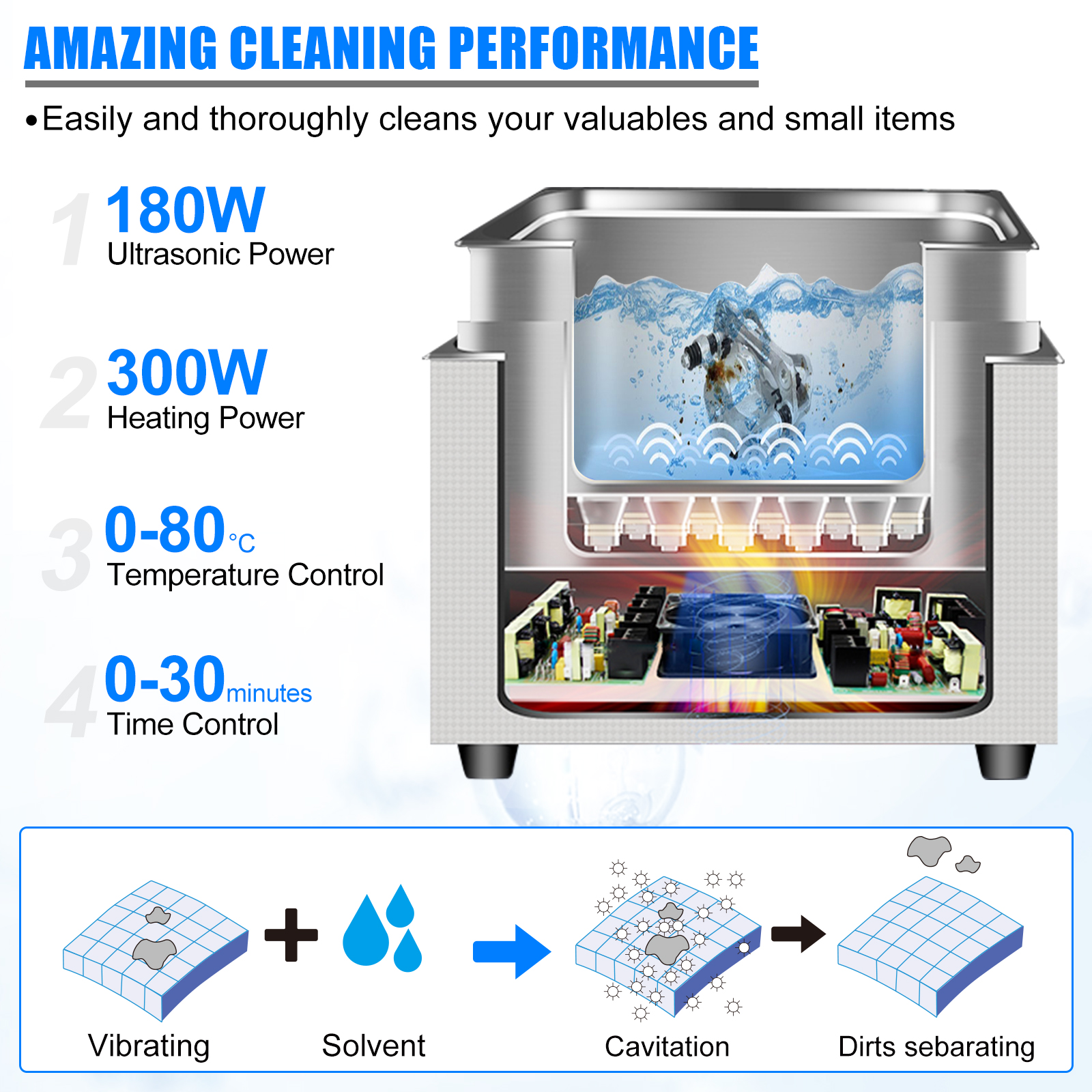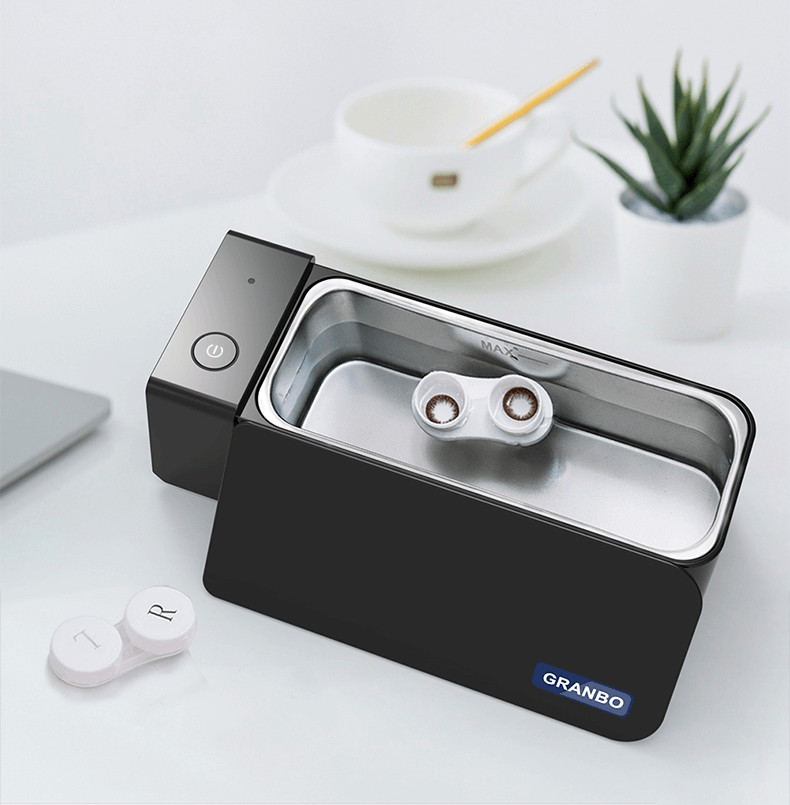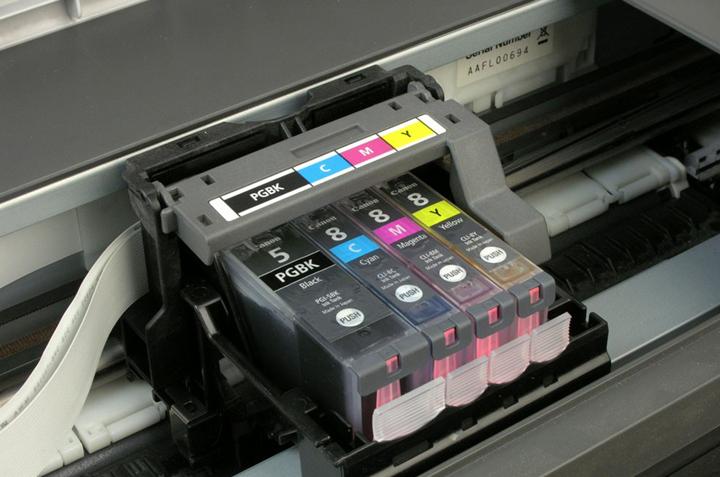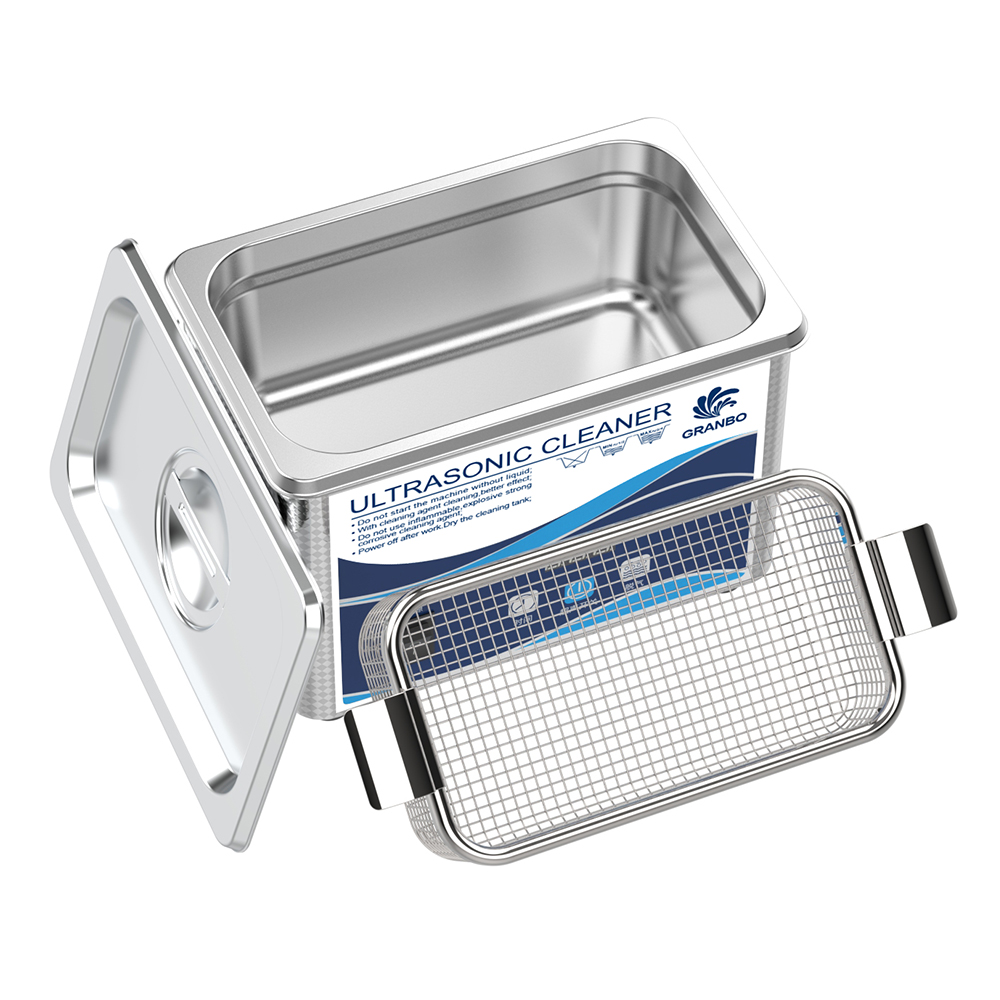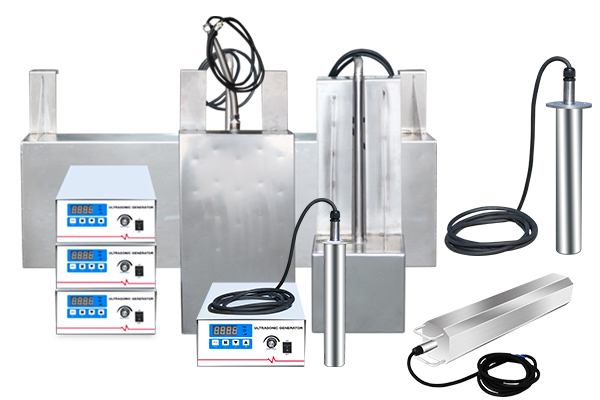Spark plugs are small components, but their role in your engine’s performance is decisive. Over time, carbon fouling, oil residue, and combustion by‑products accumulate on the electrodes and porcelain insulator, robbing your engine of spark efficiency and fuel economy. For mechanically inclined enthusiasts, the question arises: can ultrasonic cleaners safely and effectively remove this grime without risking damage? We need explore how ultrasonic cleaning interacts with spark plugs—and when it truly shines.
How Ultrasonic Cleaning Works on Spark Plugs
Ultrasonic cleaners harness high‑frequency sound waves to create tiny cavitation bubbles in a liquid bath. When these bubbles implode, they generate powerful but microscale shockwaves that can scrub surfaces free of contaminants. With spark plugs, this translates to rapid removal of carbon deposits from hard-to-reach gaps and crevices around the electrodes and threads—without harsh scrubbing or chemical treatments.
However, ultrasonic cleaning isn’t just mechanical action—it also demands the right fluid. A suitable cleaning solution enhances cavitation efficiency and helps dissolve oil and soot without corroding metal. It’s vital to choose a pH-balanced, non-acidic cleaner designed for automotive parts to prevent corrosion and passivation issues.
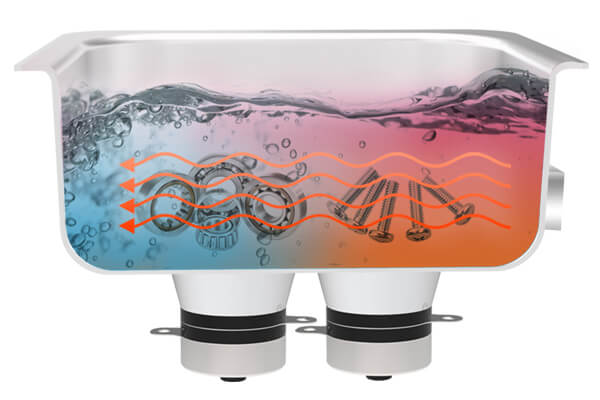
Ideal Ultrasonic Settings for Spark Plug Care
To protect spark plugs while maximizing cleaning performance, balance intensity with gentleness:
Water Temperature: Keep between 40 °C and 60 °C. This improves grease removal without risking porcelain cracks or tank overheating.
Ultrasonic Frequency: Lower frequencies like 40 kHz generate stronger cavitation—great for heavy deposits—while 60 kHz is gentler and still effective on lighter buildup.
Cycle Duration: Begin with a short test cycle (2–5 minutes). Heavily fouled plugs may require a second brief session, but extended runs are not necessary.
Detergent Choice: Use a dedicated automotive ultrasonic cleaning solution—neutral pH, low-foaming—to avoid residue or corrosion. Rinse well with clean water afterward.
A common precaution is to run an initial degas cycle before adding spark plugs, purging trapped air to ensure uniform cavitation. This can be done via ultrasonic clearners equipped with degas functions.
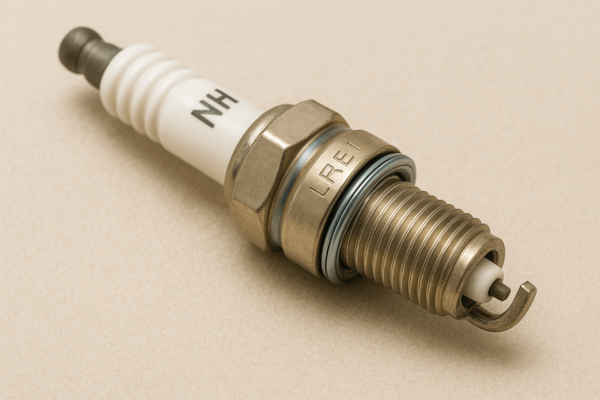
When Ultrasonic Cleaning Makes a Difference
Ultrasonic cleaning is especially useful in these scenarios:
Reconditioning used plugs: Restoring dual- or triple-electrode designs or ceramic-insulators with stubborn deposits.
Restoration projects: Where visual cleanliness and prototypical performance matter, such as vintage engines.
Engine reassembly: When changing gaskets, filters, or seals, ultrasonic cleaning ensures plugs are contaminant-free before reinstalling.
But it’s not always necessary—many spark plugs work fine with a simple soak in a safe cleaner and gentle brush. Ultrasonics excel in removing tar-like buildup or internal surface buildup that a brush might miss.
Handling and Maintenance Tips
Even with proper ultrasonic use, care continues:
Inspect thoroughly before reuse: Look for cracked porcelain, eroded electrodes, or corroded threads. Damage that trapped carbon may indicate deeper wear.
Stick to recommended torque: Over-tightening—even with a clean plug—can spoil threads or crack the porcelain.
Keep originals for reference: After cleaning, compare them to new plugs to detect relevance of wear.
Recycle responsibly: Old plugs contain precious and hazardous materials; check local e‑waste guidelines before disposal.

Expert-Recommended Gear: Granbo’s Approach
For those serious about spark plug maintenance—especially in professional or garage workshop environments—the right ultrasonic equipment makes all the difference. One standout is the Granbo GD0304, a commercial-grade ultrasonic cleaner with a 4.5L stainless steel tank, 180W ultrasonic power, and 300W adjustable heating. Its 40 kHz frequency ensures thorough cleaning without aggressive abrasion, while the mechanical timer and temperature control (20–80°C) give users fine-tuned control over each cycle.
Built from durable SUS304 stainless steel, both tank and basket resist corrosion and heat stress, ensuring years of reliable service. Whether cleaning spark plugs, screws, dental tools, or small engine parts, the GD0304 offers efficient, uniform cleaning while safeguarding precision surfaces. For those seeking dependable performance in a mid-size format, this machine provides a practical and professional solution.
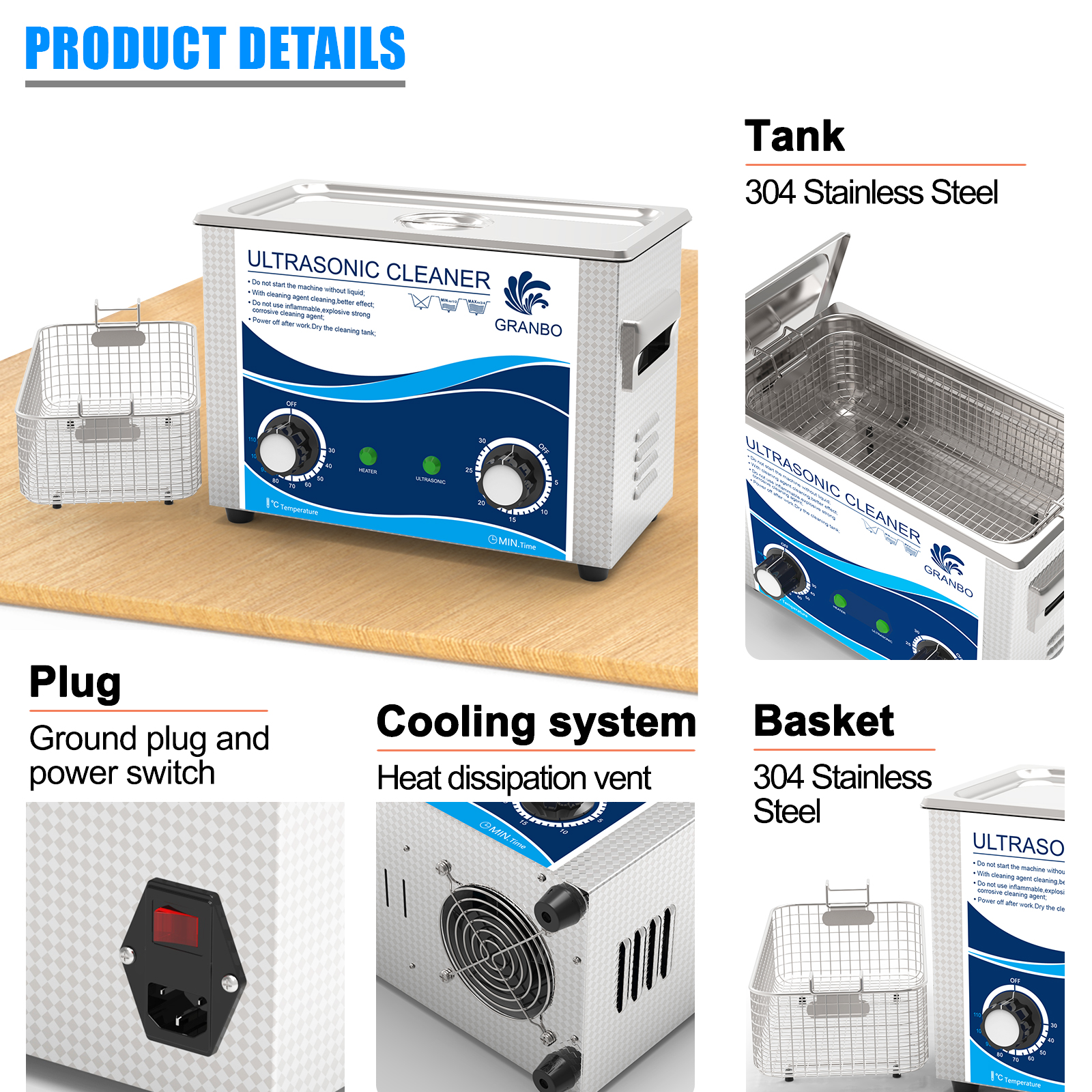
Final Word: Clean with Precision, Not Aggression
Cleaning spark plugs isn’t just about removing carbon—it’s about preserving the metal integrity, insulation surfaces, and electrode performance that ensure your engine runs smoothly. Ultrasonic cleaning offers one of the most efficient ways to remove buildup from hard-to-reach areas, but it’s not a brute-force method. The secret lies in controlled application: low-power ultrasonic settings, short cycles, and appropriate degreasing solutions tailored for engine components.
Over-cleaning can do more harm than good. Stripping protective coatings, overheating delicate metals, or loosening bonded parts could compromise function or shorten plug lifespan. That’s why precision tools like Granbo’s GD0304 are valued—not only for their technical features, but for the control they put in your hands. Whether you’re a professional technician or a DIY mechanic, the goal should never be to attack dirt aggressively. Instead, you’re restoring precision parts to optimal condition—with care, intention, and the right ultrasonic partner by your side.
Ultimately, cleaning spark plugs is about balancing power with restraint. When you clean smart, you preserve not only the part, but the performance it promises.
